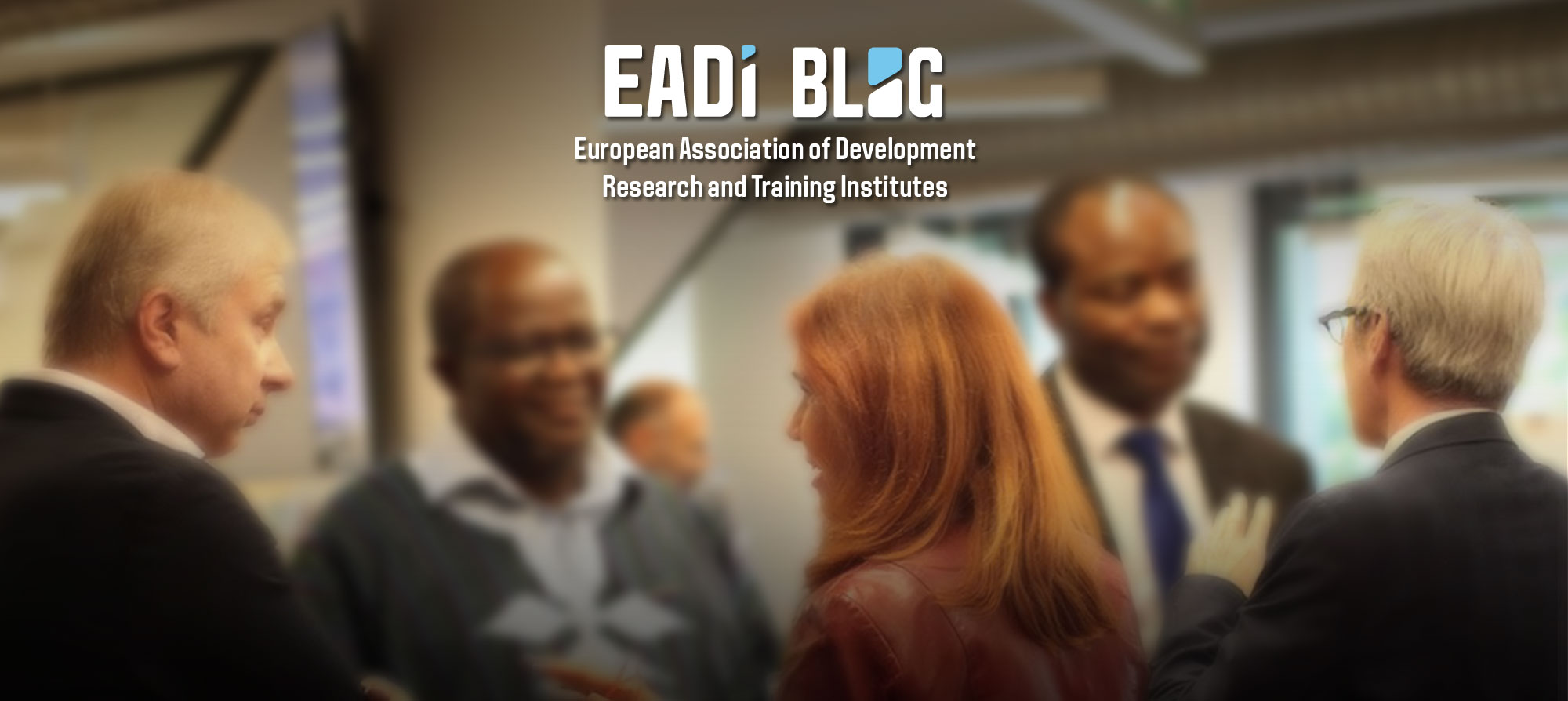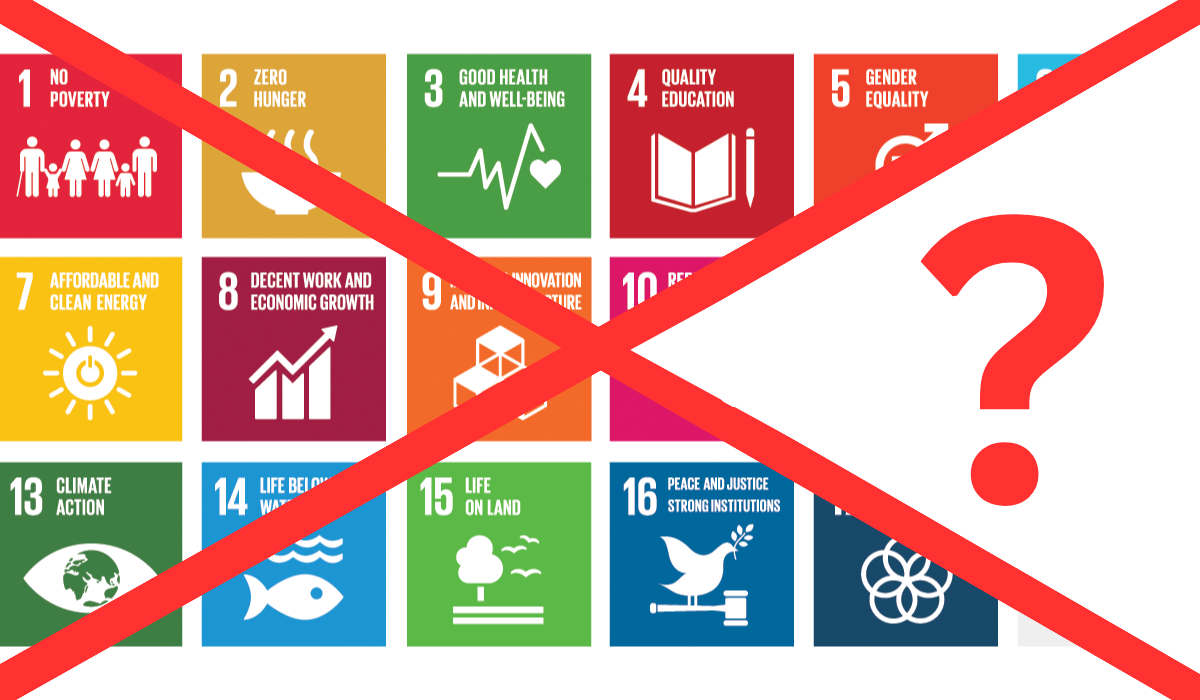By Lauchlan T. Munro
My friends on the left generally don’t like the Sustainable Development Goals (SDGs). I am told the SDGs are neoliberal, incoherent, (neo-)colonial; the SDGs omit too many important issues: democracy, climate justice, human rights, intersectionality, power. While I agree that the SDGs are imperfect, I must ask, however, what other policy options are on the table? My sad answer is that the available alternatives to the SDGs are much worse, unless you like patriarchy, environmental destruction and national security states.
In a recent article, I show that the SDGs, far from being a hegemonic global policy agenda imposed on an unwilling Global South by the Global North (or West), are a deeply contested agenda. I come to this conclusion after a detailed reading of 170 national development plans published since 2016 by the governments of over 140 countries and territories.
After the Washington Consensus of the 1980s and 1990s made it unpopular, national development planning has made a strong comeback in recent years. Almost 80% of humans live in a country with a national development plan. Many governments are investing considerable resources in both planning and implementing those plans, which they use to send important policy signals to citizens, investors and international partners. The return of national development planning is “a movement from below”, driven by national governments in the Global South, not by the UN, the international financial institutions or the donors.
So, what do these national development plans say about the SDGs? Five different measures of the importance of the SDGs (or the accompanying UN resolution, Agenda 2030) in national development plans all point to the same conclusion: only about half of these plans take the SDGs as their inspiration or focus. On the other hand, one plan in six does not mention the SDGs at all, while 45% of plans mention the SDGs less than once every ten pages on average. In these plans, the SDGs rarely appear in prominent places like the introduction or executive summary, and they are not central to the logic or the structure of the plan either. Among the plans that give the SDGs little or no attention are those from all the systemically important middle-income countries in the G20 (Argentina, Brazil, China, India, Saudi Arabia and Türkiye), amongst others.
So, if not the SDGs, what kind of development do these plans promote?
Many countries are now planning more integrated national economies, sometimes promoting large local firms (private or parastatal) as national champions, combined with a policy of financial nationalism. This shift is understandable, since the recent return to development planning is largely a reaction to the hyper-liberalisation associated with the Washington Consensus of the 1980s and 1990s which, both in its narrow interpretation and in its broader popular usage, sought to integrate developing economies into the international capitalist market.
The wisdom of promoting integrated national economies capable of producing basic goods at home was demonstrated early in the COVID-19 pandemic, when we all realised how much personal protective equipment (PPE) was manufactured in China, whose government initially responded to the pandemic by restricting exports. Fortunately, PPE is relatively easy to produce and production quickly shifted elsewhere. But production of other goods is harder to shift, hence the need for industrial planning. The continuing fragility of global value chains and calls for greater economic resilience have only strengthened the argument for at least minimally integrated national economies. National development plans from low- and middle-income countries alike are now promoting industrial development strategies, including domestic financing for such initiatives.
But the drive for industrialisation has two downsides: environmental impacts and the type of industries being planned. While China’s and some other countries’ plans focus on greening the industrialisation process, many countries whose plans pay scant attention to the SDGS promote industrialisation at the expense of the environment. Examples include Belarus, Russia, North Korea, Türkiye and Uzbekistan.
The national development plans that show the least interest in the SDGs tend to promote distinctly nationalist agendas focusing on national security, deference to authority and regime stability. These include large countries like Russia but also Angola, Belarus, Bhutan, Iran, Nicaragua, North Korea, Turkmenistan and the UAE. Industrialisation in general and high-tech industries in particular are often linked to the development of armaments industries, for example in plans from Algeria, Iran, North Korea, Russia, and Saudi Arabia.
The link to national security is reflected in the way many of these plans promote conservative social and cultural values. Plans from Brazil, Russia, Saudi Arabia and Türkiye do not even mention gender, for instance. Coded language justifying gender- and other forms of inequality is frequently found in the plans that show least interest in the SDGs. Brazil’s 2020-23 plan, for instance, pushes motherhood and “family values”. The “national” or “traditional” culture – and in some cases a particular religion – is promoted in plans from a dozen or more countries. Far from being a defence of local cultures at risk from globalisation, it is usually evident from the context that these are code words for defending the inequalities that benefit ethnic, religious, gender and other elites in the country. And they are far from the SDGs ideals of a universal humanity with human rights.
Finally, the least SDG-centric plans were almost always developed without any significant democratic participation. In these cases, planning was centralised, top-down and authoritarian, in contrast to many of the more SDG-friendly plans which were developed based on public consultation and participation, using participatory processes first developed by feminists and urban planners. In the least SDG-friendly plans, civil society is not mentioned, or is assigned a role subservient to the state.
The SDGs are admittedly an imperfect agenda. Human rights advocates deplore the lack of human rights in the SDGs as do pro-democracy advocates the absence of democracy. Others decry the SDGs as a technocratic response to deeply political problems. These criticisms are valid, but also somewhat vapid. How could a heavily negotiated consensus text adopted by 192 nations states be otherwise? China and Saudi Arabia were never going to accept “democracy” in the SDGs. North Korea and Cuba wouldn’t accept “governance”. The United States wouldn’t accept economic, social or cultural rights. Given the tortuous process that was needed to get to consensus, it is a wonder that the SDGs are as progressive as they are.
The existing alternatives are sobering
More importantly, by signalling that the SDGs are unimportant, these development dissidents are also signalling that there is another development agenda out there, one that is nationalist, patriarchal, hierarchical and environmentally destructive. Evidence from national development plans shows that the alternative to the SDGs in many countries is not a more progressive development agenda, but a much more regressive agenda. For all their flaws, the SDGs and Agenda 2030 have the legitimacy of at least nominal acceptance by all UN member states. The SDGs can thus provide a potentially more progressive development agenda in countries where governments are promoting inegalitarian, patriarchal and environmentally destructive development agendas that are at odds with the letter and spirit of the SDGs.
Don’t like the SDGs? Look what else is on offer.
Lauchlan T. Munro is Full Professor and twice former Director at the School of International Development, University of Ottawa, Canada. He previously worked for the International Development Research Centre (2003-2012), UNICEF (1989-2003) and the Royal Government of Bhutan (1985-87)
Image: EADI
Note: This article gives the views of the author, not the position of the EADI Debating Development Blog or the European Association of Development Research and Training Institutes.


I agree that the SDG’s are a noble initiative, in contrast to many national ‘development’ plans that are not really meant to improve the lives of the people in the countries that produce those plans. At least the SDG’s are a global initiative, and that alone makes them a potential instrument for dealing with problems that are also global.
That being said, there are deeply problematic aspects. First of all, the clear lack of commitment by many member states and (therefore) the impossibility to enforce genuine work on the SDG’s. This has been clearly demonstrated by then-UN-rapporteur Philip Alston in his 2020 report ‘The parlous state of poverty eradication’ (https://www.ohchr.org/en/documents/thematic-reports/ahrc4440-parlous-state-poverty-eradication-report-special-rapporteur), chapter III of which is dedicated to an acid critique of SDG ‘management’.
I think one of the main problems is that no good monitoring and evaluation toolbox has been set up. True, lots of indicators have been defined, but many of them are un-SMART, let alone that they have a clear target value. For instance: “reduce international inequality” (under SDG 10). By what yardstick? And to what target value do we aspire? And this problem occurs with many indicators. If they and their targets were better conceived, chances are that commitment increases somewhat (no member state wants to be at the bottom of a reported list).
So yes, there is no better framework than the SDG’s. But it can and should be improved substantially.
It is hard to disagree with you, Jur. I have shown elsewhere that many governments are not terribly interested in the SDGs; see https://journals.openedition.org/ried/9171. I agree as well that the M&E systems leave something to be desired. Should we work on improving the SDGs and their M&E frameworks? Yes, of course. But no improvements in the M&E field will build the political will to support the SDGs. My blog is more targeted at the misguided souls on the “progressive” side of the political spectrum who think the SDGs are the enemy.